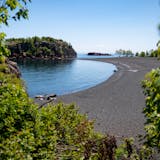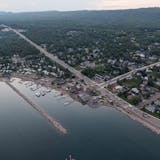The old tale about a frog being dropped into a pan of boiling water accurately illustrates the dilemma facing Minnesotans.
The story goes like this: Once immersed in the blistering liquid, the frog quickly realizes the danger to its life and leaps from the pan to safety. Lesson learned: Most creatures, humans included, when presented with imminent threats, will do what's necessary to save their lives.
But put the same frog in a pot of tepid water and slowly increase its temperature until a boil is achieved, and the frog will die before it senses danger, so gradual is the threat's onset.
Similarly, little by little, the heat is being turned up on Minnesotans.
Aquifers that supply some of the state's drinking water are drying up. Many of Minnesota's algae-infused lakes are unsafe for swimming. Hundred year floods occur every five years. Industrial farming is using up pollinator and wildlife habitat section by section. And the Twin Cities add rooftops and blacktop every day, raceways each for rainfall and snowmelt that run ever faster, and dirtier, into the Mississippi, Minnesota and St. Croix rivers.
And yet, blithely, the Legislature convenes each year to consider proposals that turn up the heat a little more.
Example: One bill introduced in both houses this session would exempt agricultural drain tile from sales tax, whether purchased by individual farmers or installers contracted to lay the tile.
Let's see:


